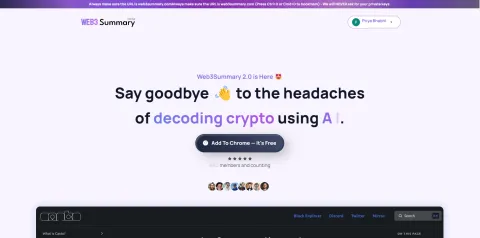- It is permissionless: anyone can access and participate in Web3 without needing approval from anyone else.
- It has native payments: it uses cryptocurrency for sending and receiving money online instead of relying on intermediaries like banks or payment processors.
- It is transparent: it uses public ledgers that record every transaction and activity on the network, making it easier to verify and audit.
- It is interoperable: it allows different applications and platforms to communicate and exchange data with each other, creating a more open and collaborative ecosystem.
Some of the challenges of Web3 are:
- It is complex: it requires users to understand new concepts and technologies that are not familiar or intuitive to most people.
- It is volatile: it involves high-risk investments and fluctuations in the value of cryptocurrencies and NFTs, which can lead to losses or scams.
- It is experimental: it is still in its early stages of development and adoption, which means that it may face technical issues, bugs, or regulatory hurdles.
Web3 Summary is a remarkable app that uses AI to summarize and translate Web3 jargon in a flash. Whether it's blockchain concepts or smart contract code, Web3 Summary can help you understand and explore the Web3 world with ease!





